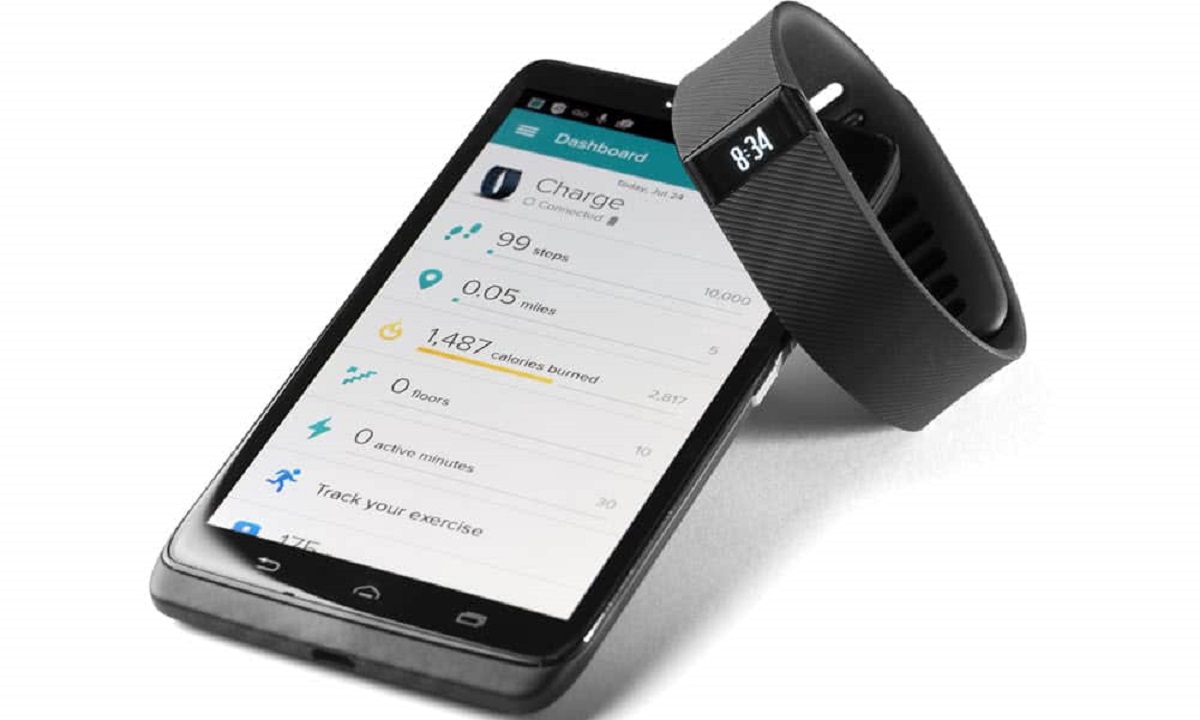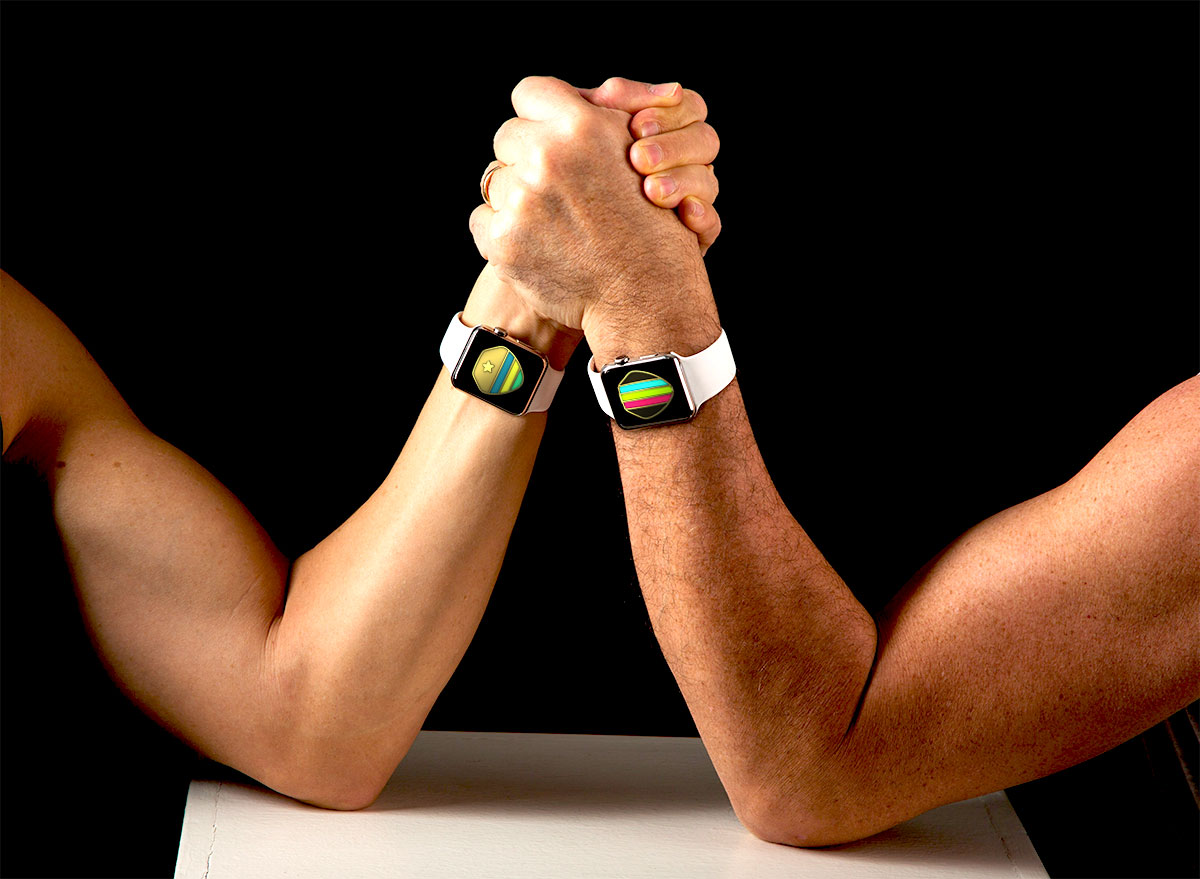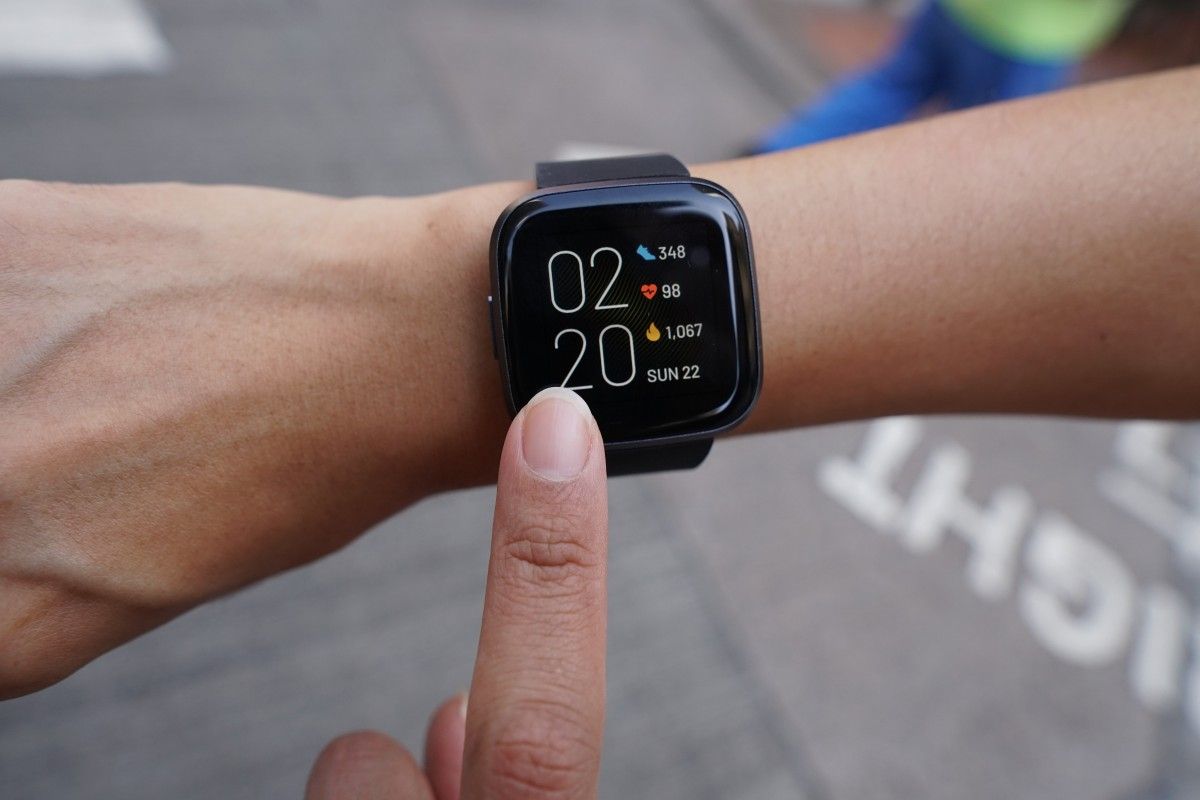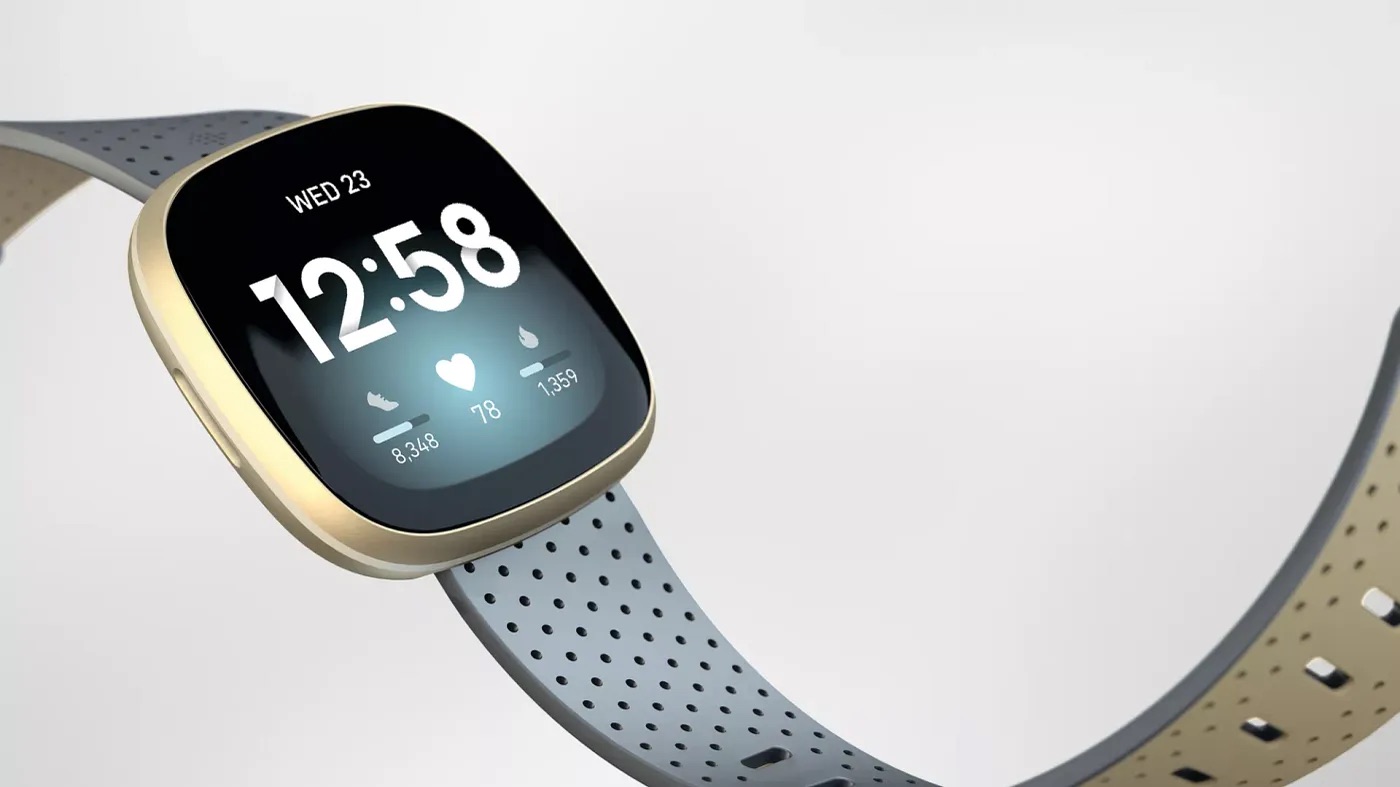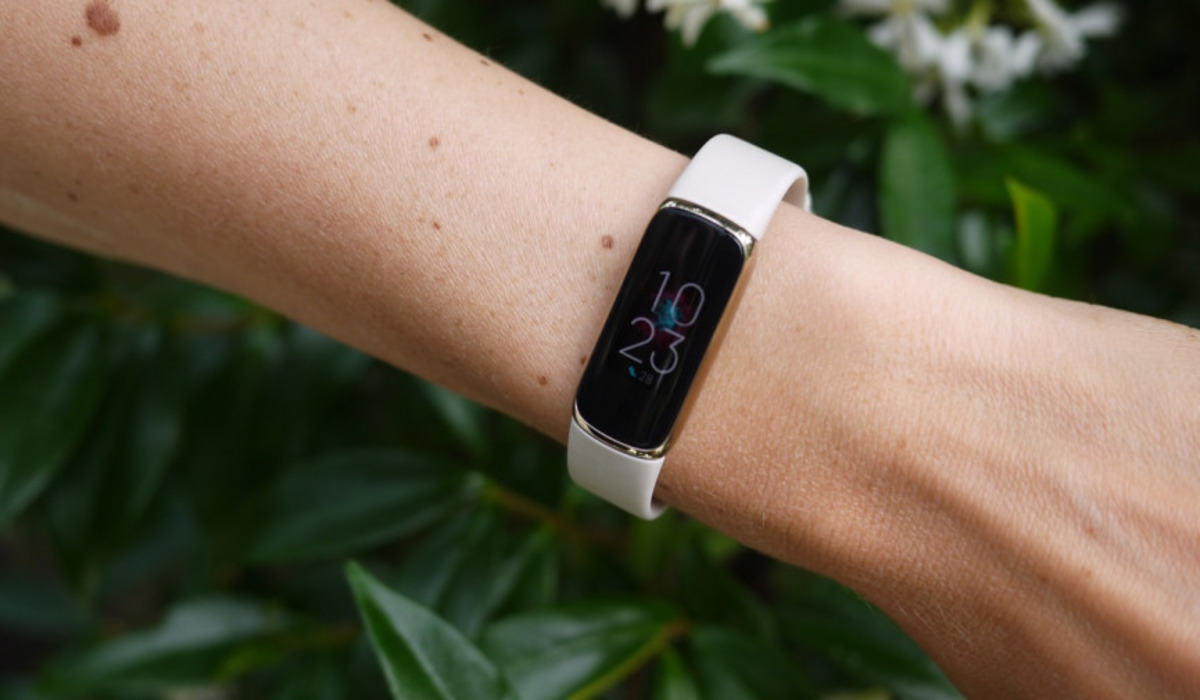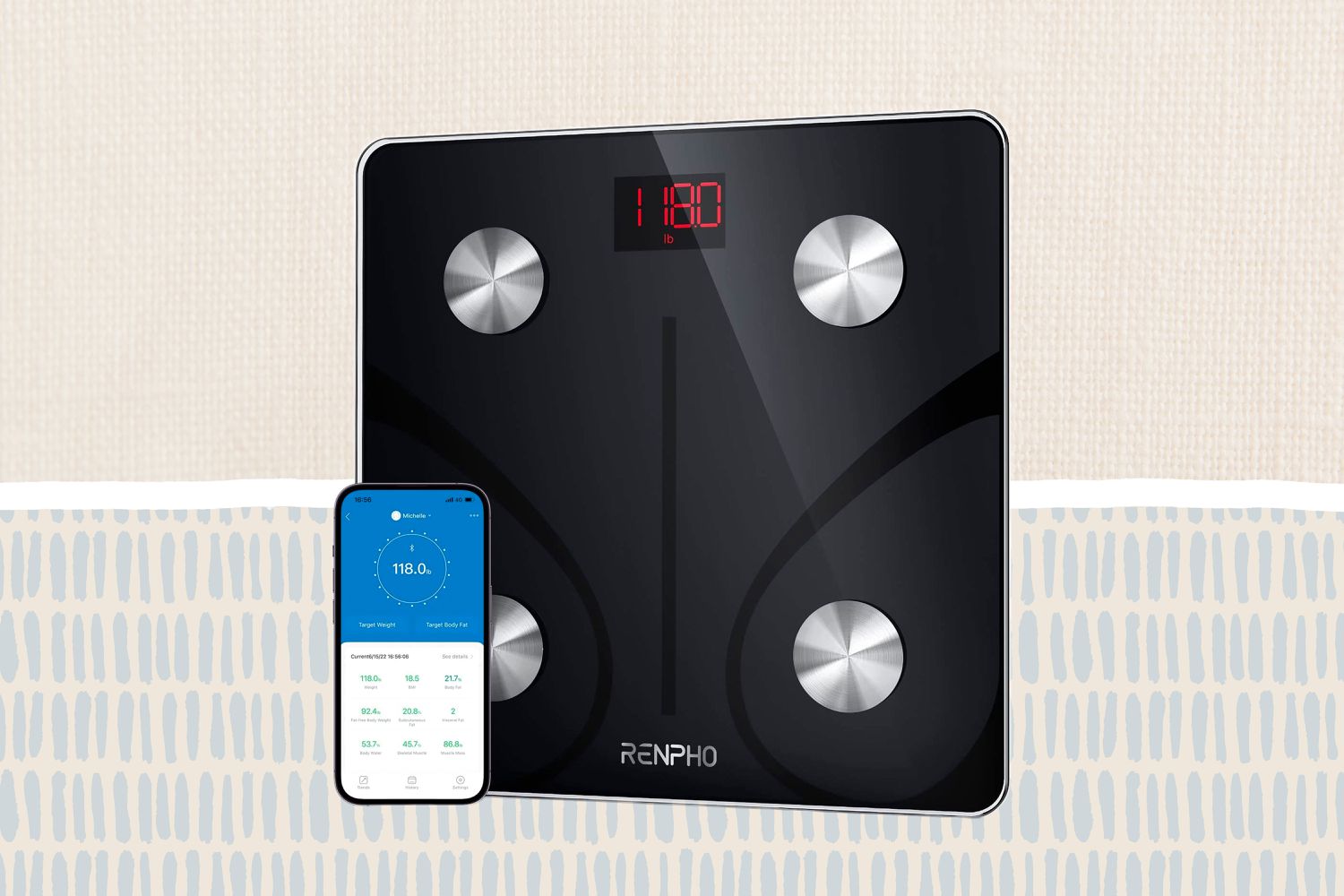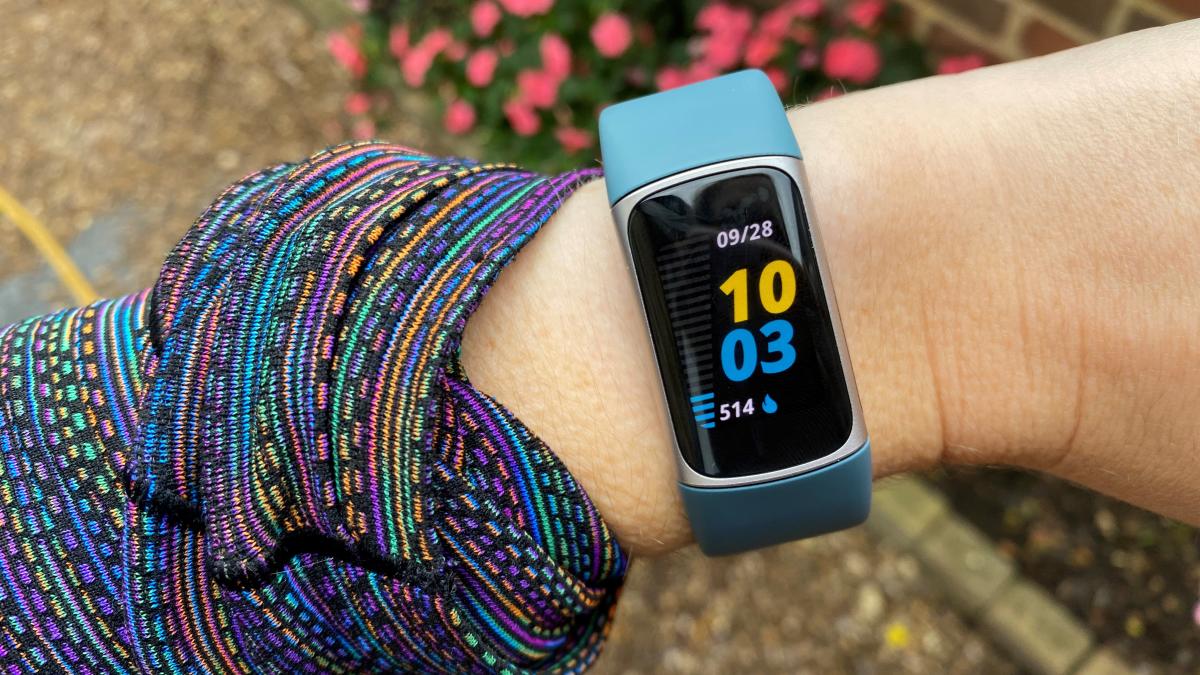Introduction
In today's fast-paced world, staying healthy and fit is a top priority for many individuals. With the advancement of wearable technology, people now have access to powerful tools that can help them track their fitness and wellness goals more effectively. Fitbit and Google Fit are two prominent players in the wearable tech industry, each offering unique features and benefits to users.
Fitbit, a leading manufacturer of fitness trackers and smartwatches, has gained widespread popularity for its comprehensive activity tracking, heart rate monitoring, sleep analysis, and goal setting capabilities. On the other hand, Google Fit, developed by tech giant Google, serves as a versatile fitness tracking platform that seamlessly integrates with a wide range of devices and apps, providing users with a holistic view of their health and wellness data.
As technology continues to evolve, the demand for seamless integration between different platforms has become increasingly prevalent. Therefore, the ability to connect Fitbit to Google Fit has emerged as a highly sought-after feature among fitness enthusiasts and individuals seeking a more unified approach to managing their health data. This integration not only streamlines the tracking process but also offers a more comprehensive and cohesive overview of one's fitness journey.
In the following sections, we will delve into the specifics of Fitbit and Google Fit, explore the reasons why integrating the two platforms is advantageous, provide a step-by-step guide on how to connect Fitbit to Google Fit, and highlight the numerous benefits that stem from this integration. By the end of this article, you will gain a deeper understanding of how this seamless connection can elevate your fitness tracking experience and empower you to achieve your wellness goals more efficiently.
What is Fitbit and Google Fit?
Fitbit is a prominent player in the wearable technology industry, offering a diverse range of fitness trackers and smartwatches designed to help users monitor and improve their health and wellness. These devices are equipped with advanced sensors that track various metrics such as steps taken, distance traveled, active minutes, heart rate, and sleep patterns. Fitbit's user-friendly interface and comprehensive mobile app provide individuals with valuable insights into their daily activity levels, exercise routines, and overall fitness progress.
On the other hand, Google Fit serves as a versatile fitness tracking platform developed by Google. It is designed to integrate seamlessly with a wide array of devices and applications, allowing users to consolidate their health and fitness data in one centralized location. Google Fit utilizes the sensors present in smartphones and wearable devices to monitor physical activity, such as walking, running, and cycling, while also offering features for tracking strength training, yoga sessions, and other forms of exercise. Additionally, the platform provides users with the flexibility to set personalized fitness goals, monitor their progress, and gain a comprehensive overview of their overall health trends.
Fitbit and Google Fit both play pivotal roles in empowering individuals to take control of their health and well-being. While Fitbit devices offer a comprehensive suite of hardware and software solutions tailored specifically for fitness tracking, Google Fit serves as a versatile platform that seamlessly integrates with a multitude of devices and apps, providing users with a holistic view of their health and wellness data.
By understanding the unique features and capabilities of Fitbit and Google Fit, individuals can make informed decisions about how to leverage these platforms to achieve their fitness goals. Whether it's tracking daily activity, monitoring heart rate and sleep patterns, or setting personalized fitness targets, both Fitbit and Google Fit offer valuable tools and insights to support users on their wellness journey.
Why integrate Fitbit with Google Fit?
Integrating Fitbit with Google Fit offers a myriad of advantages that can significantly enhance the overall fitness tracking experience. By connecting these two platforms, users can leverage the strengths of each system to create a more comprehensive and cohesive approach to monitoring their health and wellness data. Here are several compelling reasons why integrating Fitbit with Google Fit is highly beneficial:
-
Unified Health Data: Integrating Fitbit with Google Fit allows users to consolidate their fitness and health data from both platforms into a single, centralized location. This unified approach provides a holistic view of one's activity levels, exercise routines, sleep patterns, and overall wellness trends. By having all relevant data in one place, users can gain a more comprehensive understanding of their health, enabling them to make more informed decisions about their fitness goals and lifestyle choices.
-
Enhanced Compatibility: Google Fit's compatibility with a wide range of devices and apps makes it an ideal platform for aggregating health and fitness data. By integrating Fitbit with Google Fit, users can seamlessly synchronize their Fitbit device data with the Google Fit app, ensuring that all fitness metrics are accurately captured and stored in a cohesive manner. This compatibility eliminates the need to manually input data across multiple platforms, streamlining the tracking process and reducing the likelihood of data discrepancies.
-
Comprehensive Insights: Google Fit offers robust analytical tools and visualization features that can complement the detailed metrics provided by Fitbit devices. By integrating the two platforms, users can benefit from Google Fit's data visualization capabilities, which can help them identify trends, patterns, and correlations within their fitness data. This comprehensive insight can empower users to make meaningful adjustments to their fitness routines and lifestyle habits, ultimately leading to more effective and personalized wellness strategies.
-
Expanded Ecosystem: The integration of Fitbit with Google Fit expands the ecosystem of compatible apps and services available to users. This interconnected network allows individuals to seamlessly share their fitness data with third-party apps, health platforms, and fitness communities that are integrated with Google Fit. This expanded ecosystem opens up opportunities for users to explore new fitness resources, connect with like-minded individuals, and access additional tools and services that can further support their health and wellness journey.
-
Seamless Transition: For individuals who are transitioning from a Fitbit device to a different wearable or vice versa, integrating Fitbit with Google Fit provides a seamless transition path. By syncing Fitbit data with Google Fit, users can ensure that their historical fitness data remains accessible and preserved, even when transitioning to a different wearable device or fitness tracking platform. This continuity of data empowers users to maintain a consistent record of their fitness progress, regardless of any changes in their choice of wearable technology.
Overall, the integration of Fitbit with Google Fit offers a wealth of benefits, including unified health data, enhanced compatibility, comprehensive insights, an expanded ecosystem, and a seamless transition path. By leveraging the strengths of both platforms through integration, users can optimize their fitness tracking experience and gain valuable insights that support their journey towards improved health and wellness.
How to connect Fitbit to Google Fit
Integrating Fitbit with Google Fit involves a straightforward process that enables users to seamlessly synchronize their fitness data across both platforms. By following these simple steps, individuals can establish a unified approach to tracking their health and wellness metrics, leveraging the strengths of both Fitbit and Google Fit. Here's a detailed guide on how to connect Fitbit to Google Fit:
-
Install Google Fit: Begin by ensuring that the Google Fit app is installed on your smartphone or wearable device. If you don't have the app already, you can download it from the Google Play Store for Android devices or the App Store for iOS devices.
-
Access Fitbit App: Open the Fitbit mobile app on your smartphone and navigate to the "Account" or "Profile" section, where you will find the option to manage connected apps and devices.
-
Connect Google Fit: Look for the option to connect or link your Fitbit account with Google Fit. This may involve authorizing the data sharing between the two platforms, allowing Google Fit to access your Fitbit activity and health metrics.
-
Grant Permissions: Upon initiating the connection, you may be prompted to grant permissions for data sharing and synchronization. It's essential to review and approve these permissions to ensure that the necessary fitness data can be seamlessly transferred between Fitbit and Google Fit.
-
Sync Data: Once the connection is established, your Fitbit activity data, including steps taken, distance traveled, active minutes, heart rate, and sleep patterns, will begin to sync with Google Fit. This synchronization process ensures that all relevant fitness metrics are accurately captured and consolidated within the Google Fit app.
-
Verify Integration: After the initial synchronization, take a moment to verify that your Fitbit data is being accurately reflected in the Google Fit app. Check for the presence of your fitness metrics and ensure that the integration is functioning as intended.
By following these steps, users can successfully connect their Fitbit device to Google Fit, enabling a seamless flow of health and fitness data between the two platforms. This integration empowers individuals to access a unified view of their fitness metrics, gain comprehensive insights, and optimize their wellness strategies more effectively.
The process of connecting Fitbit to Google Fit is designed to streamline the tracking experience and provide users with a cohesive platform for managing their health and fitness data. Whether you're a dedicated fitness enthusiast or someone looking to take proactive steps towards a healthier lifestyle, this integration offers a convenient and powerful solution for consolidating and leveraging your fitness metrics across multiple platforms.
Benefits of integrating Fitbit with Google Fit
Integrating Fitbit with Google Fit offers a myriad of advantages that can significantly enhance the overall fitness tracking experience. By connecting these two platforms, users can leverage the strengths of each system to create a more comprehensive and cohesive approach to monitoring their health and wellness data. Here are several compelling reasons why integrating Fitbit with Google Fit is highly beneficial:
-
Unified Health Data: Integrating Fitbit with Google Fit allows users to consolidate their fitness and health data from both platforms into a single, centralized location. This unified approach provides a holistic view of one's activity levels, exercise routines, sleep patterns, and overall wellness trends. By having all relevant data in one place, users can gain a more comprehensive understanding of their health, enabling them to make more informed decisions about their fitness goals and lifestyle choices.
-
Enhanced Compatibility: Google Fit's compatibility with a wide range of devices and apps makes it an ideal platform for aggregating health and fitness data. By integrating Fitbit with Google Fit, users can seamlessly synchronize their Fitbit device data with the Google Fit app, ensuring that all fitness metrics are accurately captured and stored in a cohesive manner. This compatibility eliminates the need to manually input data across multiple platforms, streamlining the tracking process and reducing the likelihood of data discrepancies.
-
Comprehensive Insights: Google Fit offers robust analytical tools and visualization features that can complement the detailed metrics provided by Fitbit devices. By integrating the two platforms, users can benefit from Google Fit's data visualization capabilities, which can help them identify trends, patterns, and correlations within their fitness data. This comprehensive insight can empower users to make meaningful adjustments to their fitness routines and lifestyle habits, ultimately leading to more effective and personalized wellness strategies.
-
Expanded Ecosystem: The integration of Fitbit with Google Fit expands the ecosystem of compatible apps and services available to users. This interconnected network allows individuals to seamlessly share their fitness data with third-party apps, health platforms, and fitness communities that are integrated with Google Fit. This expanded ecosystem opens up opportunities for users to explore new fitness resources, connect with like-minded individuals, and access additional tools and services that can further support their health and wellness journey.
-
Seamless Transition: For individuals who are transitioning from a Fitbit device to a different wearable or vice versa, integrating Fitbit with Google Fit provides a seamless transition path. By syncing Fitbit data with Google Fit, users can ensure that their historical fitness data remains accessible and preserved, even when transitioning to a different wearable device or fitness tracking platform. This continuity of data empowers users to maintain a consistent record of their fitness progress, regardless of any changes in their choice of wearable technology.
Overall, the integration of Fitbit with Google Fit offers a wealth of benefits, including unified health data, enhanced compatibility, comprehensive insights, an expanded ecosystem, and a seamless transition path. By leveraging the strengths of both platforms through integration, users can optimize their fitness tracking experience and gain valuable insights that support their journey towards improved health and wellness.
Conclusion
In conclusion, the integration of Fitbit with Google Fit presents a compelling opportunity for individuals to elevate their fitness tracking experience and gain a more comprehensive understanding of their health and wellness data. By seamlessly connecting these two platforms, users can harness the combined strengths of Fitbit's advanced activity tracking capabilities and Google Fit's versatile fitness tracking platform. This seamless integration not only streamlines the management of fitness data but also unlocks a wealth of benefits that can empower individuals on their journey towards improved health and wellness.
The unified approach to health data offered by the integration allows users to consolidate their fitness metrics, exercise routines, sleep patterns, and overall wellness trends into a single, centralized location. This holistic view of one's health data provides valuable insights that can inform more informed decisions about fitness goals and lifestyle choices. Additionally, the enhanced compatibility between Fitbit and Google Fit ensures that fitness metrics are accurately captured and stored in a cohesive manner, eliminating the need for manual data input across multiple platforms.
Furthermore, the integration facilitates access to Google Fit's robust analytical tools and visualization features, complementing the detailed metrics provided by Fitbit devices. This comprehensive insight empowers users to make meaningful adjustments to their fitness routines and lifestyle habits, leading to more personalized and effective wellness strategies. The expanded ecosystem of compatible apps and services available to users through the integration opens up opportunities to explore new fitness resources, connect with like-minded individuals, and access additional tools and services that further support their health and wellness journey.
Moreover, the seamless transition path provided by the integration ensures that historical fitness data remains accessible and preserved, even when transitioning to a different wearable device or fitness tracking platform. This continuity of data empowers users to maintain a consistent record of their fitness progress, regardless of any changes in their choice of wearable technology.
In essence, the integration of Fitbit with Google Fit represents a significant advancement in the realm of fitness tracking, offering users a unified and cohesive platform to manage their health and wellness data. Whether individuals are dedicated fitness enthusiasts or individuals taking proactive steps towards a healthier lifestyle, this integration provides a convenient and powerful solution for consolidating and leveraging fitness metrics across multiple platforms. By leveraging the strengths of both Fitbit and Google Fit through integration, users can optimize their fitness tracking experience and gain valuable insights that support their journey towards improved health and wellness.
Ultimately, the integration of Fitbit with Google Fit exemplifies the seamless convergence of cutting-edge technology and personalized wellness, empowering individuals to take control of their health and embark on a transformative fitness journey.







